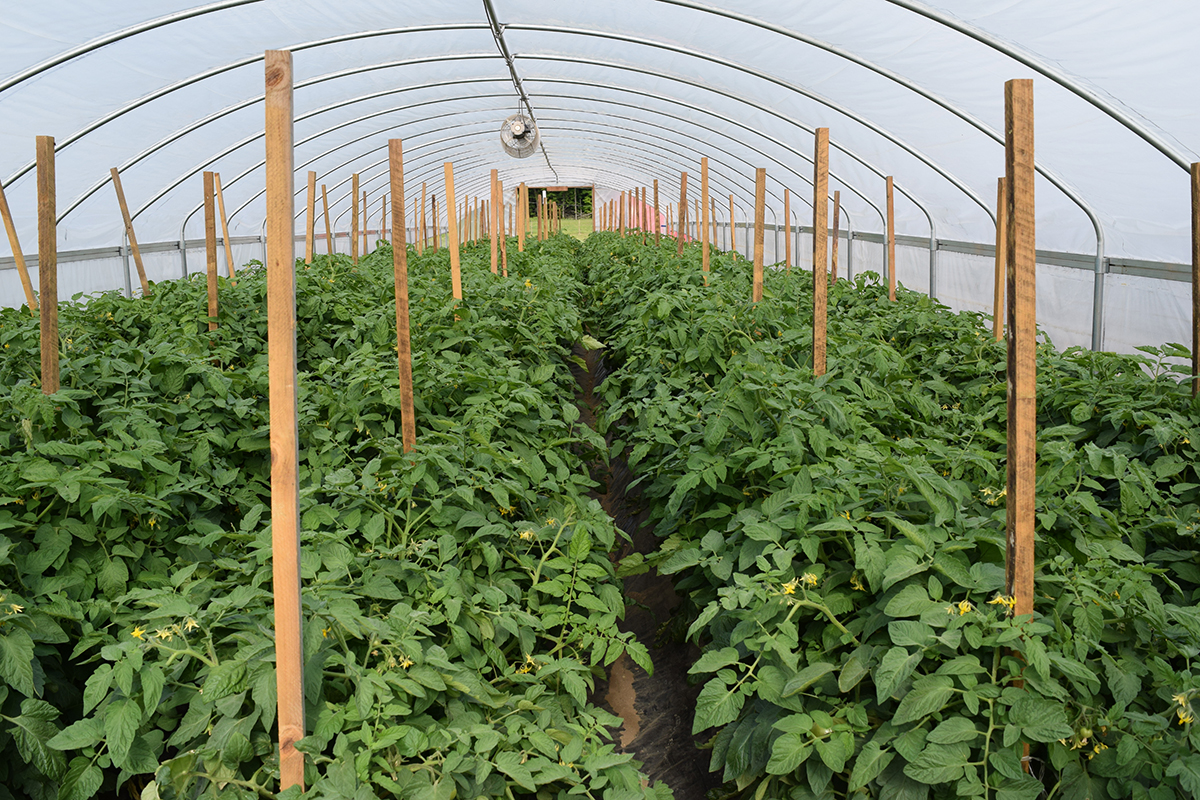
Apr 9, 2020
Building soils for organic production
As a percentage of total food production, organic has increased significantly over the last several decades. In the recent past, the United States was a net exporter of organic foods, but in recent years U.S. demand has grown to the point where we are now a significant importer.
There’s been a lot of discussion as to the reasons for this rapid growth. Some consumers believe that organic is free of potentially harmful pesticides, or it may have better flavor or higher nutritional value. Those of us who are involved in food production have to consider the desires of our potential consumers, and hopefully meet or exceed these desires. This is true in any business. When looking at growing crops, especially vegetables and/or fruits destined for the fresh market, we have to seriously consider the option of organic or “pesticide-free” production.
A significant problem for many growers interested in moving toward organic production is the confusion as to meeting required standards. The standards or rules of one certifying agency can vary from those of another, and can even change from one year to the next. This makes it difficult for both the growers and suppliers producing organic products. Even some of the terminology, an example being “pesticide-free” can be confusing as there are a number of materials/products approved for organic production that, in fact, are pesticides.
So, what is a potential grower to do?
It’s our opinion that growers should take a hard look at their soil, their markets and the potential for earning a profit from their labor. For the most part, we grow our crops in soil, and potential production and profitability depend upon the various nutrient and physical aspects of any given soil.
Leon Hershberger, of Cushman Creek Supply in Holton, Michigan, markets seed and Integrated Soil & Plant foods and biostimulants to both conventional and organic growers.
“We have a large number of organic growers, and although some of them struggle, many of them are doing well and have improved their operational profits,” he said. “We also market to an even larger number of growers who use some non-organic nutrients to enhance quality, but apply no synthetic pesticides. Of course, we also have a large number of commercial growers who use what might be considered a standard production program.
“In our experience, the most important aspect is the soil itself,” Hershberger said. “Vegetables, and most fruits, require good drainage, and large amounts of nutrient for high yields with excellent quality. This is especially true for potassium, and too many growers move into organic production with potassium deficiency. A large percentage of problems could be avoided by addressing soil potassium levels prior to entering into an organic program. An example would be green sand, a slow-release potassium source which can be applied similar to lime, releasing potassium for several years in a relatively stable manner. Calcium is also another very common problem. Although calcium is considered only a secondary nutrient as to crop demand, it’s very important in many of the soil’s chemical and physical activities. It’s also very important for the plant immune system, or defensive activities that play an important role in reducing biotic and abiotic stress. Organic matter is also important, again to help the plant be less susceptible to a range of biotic stress such as dry conditions, as well as ensuring a high level of soil bio activity. Lastly, trace minerals are very important in a wide range of physiological activities, and deficiencies are common in many soils.
“Of course, all of these aspects of soil vitality, or productive potential, are important in any method of production,” Hershberger said. “But when growing organically, this importance is amplified as the choices for solving the issues are significantly less than for a non-organic grower. Get to really know your soil before entering into organic production, become ‘soil driven,’ not simply driven by markets … it will save you a lot of headaches, and several heartaches. It may even be beneficial to delay going organic for several years in order to build your soil’s productive potential. We strongly urge to not only get a soil analysis, and a strong plan for correcting deficiencies or imbalances, but also a detailed plan for continually building organic matter and CEC. A good example for building organic matter is reducing tillage when possible, and incorporating biostimulants and cover cropping, but of course that’s another topic entirely.”






